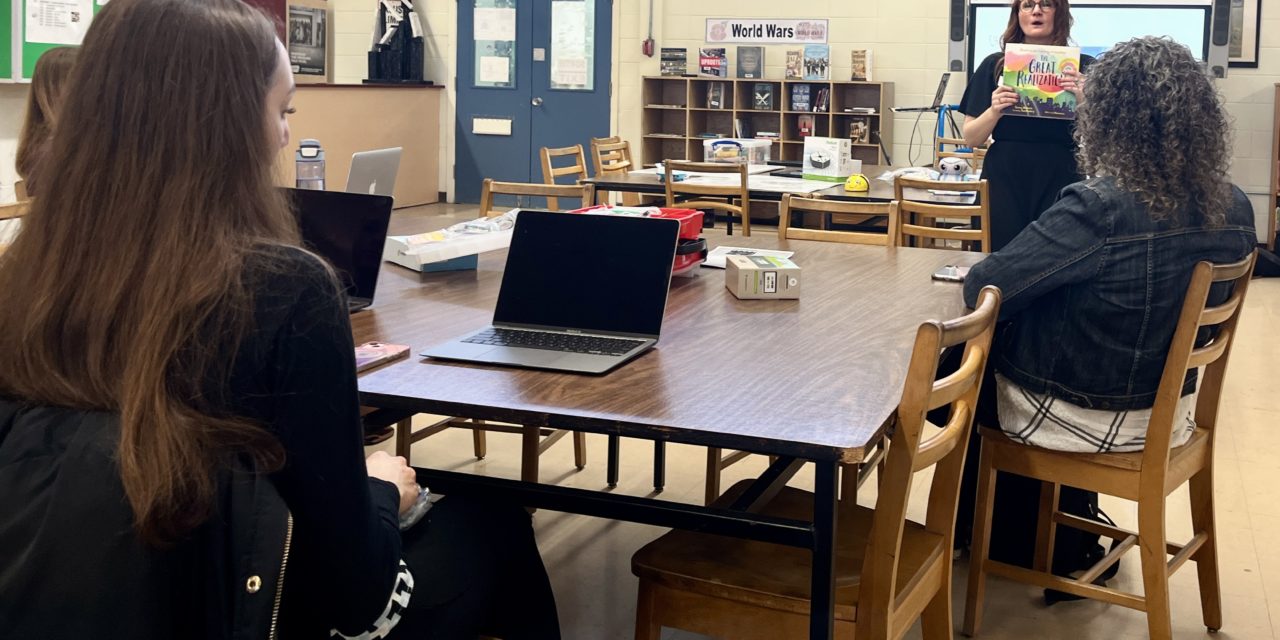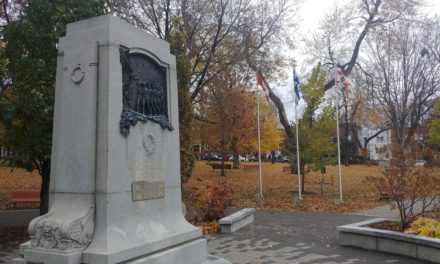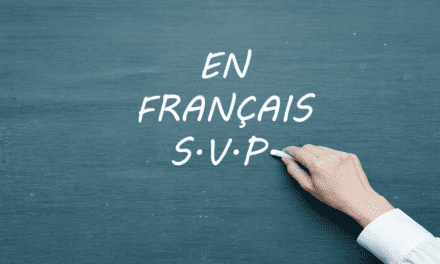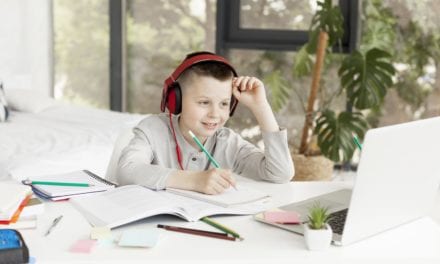Anyone who has joined us for our STEAM workshops likely recalls that we always begin sessions by reading a picture book. We have found that carefully selected books, paired with a pedagogical intention, act as a powerful hook to:
introduce a subject, establish a certain mindset, get students to reflect before engaging in the activity, or simply generate curiosity.
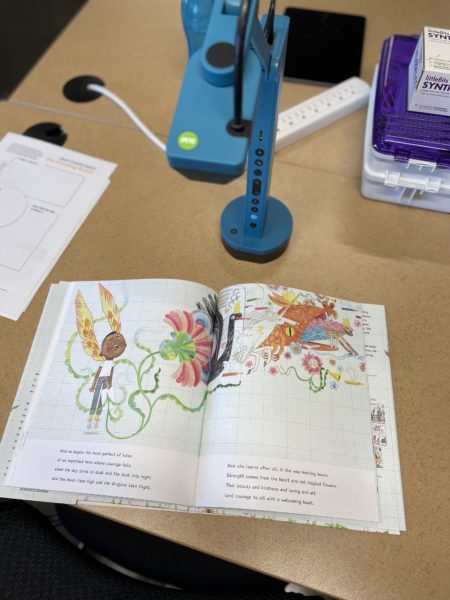
Recently, we’ve been presenting with Learning for a Sustainable Future (LSF) a series of STEAM and outdoor education webinars. Through this collaboration, we happily stumbled upon Judy Halpern – their inspiring consultant and book expert! We immediately felt a connection with Judy: she is the former owner of a bookstore called The Magic Suitcase Bookstore and has over 35 years of experience teaching. She is passionate about “extraordinary picture books that teach content through carefully chosen text and illustrations.” (Wilfrid Laurier University)
Last spring, she presented a Spring Story Walk: Books to Get us Outdoor and Cli-fi! webinar that featured different titles for outdoor activities to try with students.
Viewers beware: you may have to make extra room on your bookshelves.
Being storybook lovers ourselves, we were eager to interview Judy about the structure and strategies of a good storybook and gain valuable tips for selecting books.
What got you interested in storytelling? In particular books for kids?
As humans, we are storied people. Storytelling engages people and invites them to imagine,
empathize, remember, and relate to what is going on in the story. Children’s books, particularly the picture book genre, engages readers not only in the text but also in the illustrations. At times there are two parallel stories being told, an oral story and a visual story too.
What is it in storybooks that hook our students’ interests and attention?
A good story engages readers on many levels. A good picture book is carefully and purposefully designed to help guide the reader through the story, often providing additional information not necessarily mentioned in the text. For example, starting with the “end plates” (inside the covers, both front, and back), often there are clues to the story within these end plates. Then, the illustrations are also carefully designed to help your eyes move across the pages and keep the flow of the story going. This is known as visual hierarchy in design and helps children with the process of learning to read. Sometimes the illustrations add to the storyline and are not mentioned in the text or, they sometimes tell an additional story.
Story connects to students’ out-of-school problem-solving skills, which in many cases are better and more developed than their in-school problem-solving skills. This includes understanding that feeling is an important part of problem-solving.
What makes a really good storybook?
I think humour is very important in a good storybook. I also think it is important to make the reader think. When a story tells you everything, it is less engaging than a storybook that asks you to think and use your previous knowledge. There is also a genre in picture books known as “postmodern”. These stories ask the reader to participate in the story as the author and/or illustrator makes the reader part of the telling. Examples of this genre are books like Press Here (Tullet & Franceschelli), Do Not Open This Book (Muntean & Lemaitre), This Book Just Ate My Dog! (Byrne), Battle Bunny (Sciezka), Chloe and the Lion (Barnett), to name a few.
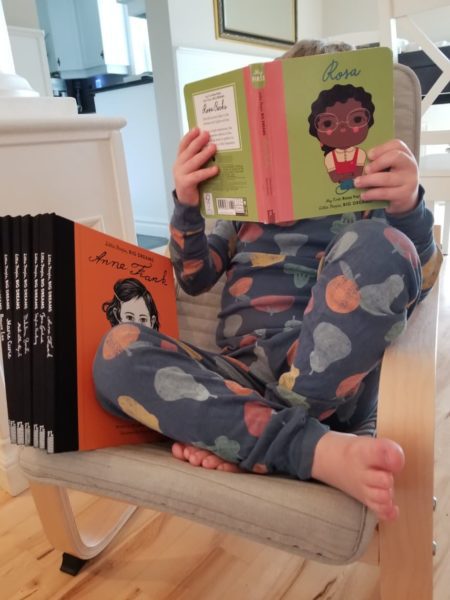
What are your tips for selecting the perfect storybook or recommending it to teachers?
I think that depends on what you are going to use the book for. I am first and foremost a science teacher and have always been an advocate of using picture books to teach science as the content can be embedded in stories and illustrations, which helps students remember the factual information. Therefore, if I’m using a book for teaching content in any subject, I will choose a book that embeds factual information, even if it is classified as fiction. If I’m choosing a picture book for entertainment or to promote the love of reading, I will choose a book that has fewer words, makes the reader think, and helps children create an emotional attachment to the story (either through humour or empathy).
How are effective books built? What’s their structure?
“A picture book is defined as a 32-page blend of text (prose or poetry) and illustration that works together to tell a story with a beginning, middle, and an end. The words and pictures ideally share in revealing the story so that what is not said in text is shown in illustration. Ideally, the one could not exist without the other.” (Hall, 1994) Each makes an important contribution to the way the story is told, the meaning created.
The design of a picture book is carefully crafted to help readers understand and read the story as it is meant to be told. It is meant to appeal to readers both visually and in prose.
In a good picture book, the whole is greater than the sum of its parts: the pictures do more than
reflect the text but serve to move the story forward in a way that the text cannot do alone. The
interplay of text and picture in a good picture book engages the reader on a deeper level,
“on both an intellectual and an emotional level. (Huck, 1997)
What have been some of your favourite books and why?
I am a big fan of the postmodern genre. I love books that make me laugh and engage me as the reader. Some of my favourite authors include Emily Gravett, Mac Barnett, Oliver Jeffers, Jon Sciezka, Anthony Browne, Lane Smith, to name a few.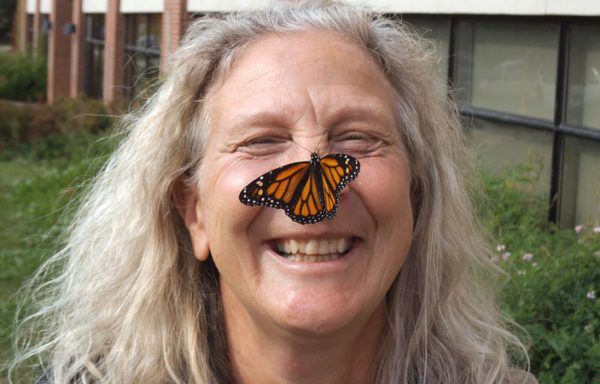
If you had to sell the idea of using more storybooks in class, how would you do that?
I think the best way to “sell” the idea of using more books is to expose teachers to great books and suggest (demonstrate) ways to use them. I used to do many workshops featuring picture books and then springboard into activities to follow up on the stories.
Perhaps it is just a matter of knowing what our pedagogical intention is on a given topic, then hunting down a couple of picture books that you know will hook the students’ attention and interest, creating a context for further exploration and discovery. For example, a storybook on the water cycle, like The Great Big Water Cycle Adventure can create a whole new pathway into the content.
With Judy’s suggestions, LEARN has assembled a few libraries of picture book recommendations that can be used when thinking about the next topic in class. Be it climate change, fractions, dinosaurs etc… These libraries are broken into various themes. Please use them freely and share them with colleagues.
Judy’s recommend picture books and more:
Spring Titles for grades K-6 Picture books that welcomes back nature after a long winter’s sleep. Find picture books that look at sorting, outdoor spring walks, and how flowers grow to name…
Cli-fi Titles Grades K-8 Stories about our changing climate and ways we can help through our actions.
What’s the Story? Picture Books and Science Literacy K-6 Great ways to start science lessons that explore one’s curiosity and wonder.
Reading the Trail – Bringing Picture Books Outdoors These books are all highly recommended if you are interested in getting outside with your students more. Excellent ideas on what can be done with a pedagogical lens.
******************************************************
LEARN will be hosting Judy Halpern for a webinar on “Using Books as Hooks in STEAM education”. If you would like to attend, please register below.
Registration is here! December 6th at 3:30 till 4:30 PM EST.
The ZOOM link will be emailed to you on the day of webinar.
******************************************************
References:
Balcazar, S. (2019, November 13). How picture books help kids develop literacy skills. Reading Partners. Retrieved November 22, 2022, from https://readingpartners.org/blog/picture-books-develop-literacy-skills/
Donovan, Carol A., and Laura B. Smolkin. “Considering Genre, Content, and Visual Features in the Selection of Trade Books for Science Instruction.” The Reading Teacher, vol. 55, no. 6, 2002, pp. 502–20. JSTOR, http://www.jstor.org/stable/20205092. Accessed 22 Nov. 2022.
Hall, S. (1994).Using Picture Storybooks to Teach Literary Devices: Recommended Books for Children and Young Adults, Westport, CT: Greenwood Publishing Group.
Huck, C., & Helper, S., & Hickman, J. & Kiefer, B. (1997). Children’s Literature in the elementary school. (6th ed.) Madison, WI: Brown & Benchmark.

